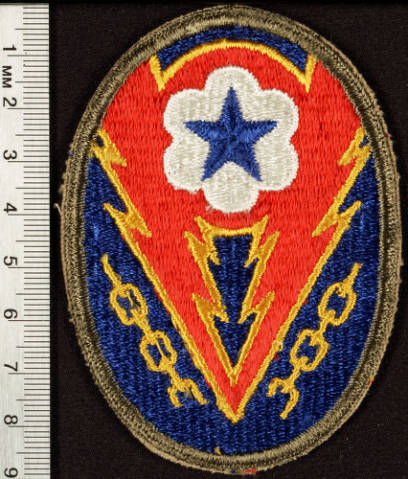The new Ancestry ThruLines feature is a step forward in understanding how DNA matches *might* fit on a family tree. This feature also suggests "potential ancestors" to add to a tree.
The key is to understand that
names, dates, relationships all depend on the accuracy of other people's trees. As with any info found online or provided by someone else, it's up to me to investigate and verify or disprove each potential ancestor and possible DNA match.
Pick Your Ancestor
ThruLines is arranged by most recent ancestor and stretches back to most distant ancestor. Above, a snippet of the
100 ancestors/"potential ancestors" on my husband's ThruLines page. That makes it easy to investigate links to specific ancestors of interest. I can be as systematic as I like in drilling down into my husband's father's side or mother's side, in a particular generation.
As shown, one of these "potential ancestors" is not marked as male or female, and is actually "private" because he or she is listed on a family tree not made public by the owner.
How Private?
Well, not that private. I blocked out the info, but it was easy to figure out exactly who this "potential ancestor" was and the gender, too, without contacting the owner of the private tree. It was listed in the "private tree" notification above.
To check, I returned to my tree and looked at the outstanding hints for this branch. One second later, I had the details from sources other than the private tree, sources more objective and verifiable. So it actually helped me get a generation back. Unfortunately, there were NO DNA matches associated with this ancestor (nor for the spouse).
And in case I wasn't sure, right next to this "private" "potential ancestor" was listed his wife, Hannah O'Killey. Just in time for St. Paddy's Day, a possible new Irish ancestor to research and confirm.
Interestingly, the person who posted Hannah O'Killey's info on a public tree is NOT a DNA match for my husband, which is a disappointment and raises the question of whether this is an actual ancestor for one or both of us. My husband has no DNA matches through Hannah, according to Ancestry. Hmm.
Finding a Match
To find an actual DNA match in ThruLines, I started at the most recent ancestor and worked my way backward to hubby's great-granddaddy, Thomas Haskell
Wood. That's where I finally found two cousins previously unknown to me, each of whom had more than 20 centimorgans in common with my husband.
Although neither of these cousins had anything new on their trees, at least I now know who they are and can be in touch to share info.
For the vast majority of the 100 ancestors on hubby's ThruLines page, Ancestry shows NO DNA matches.
Check Those TreeTags
Working through the ancestors on my own ThruLines page, it quickly became clear that my "potential ancestors" were highly speculative. I noticed suggested ancestors plucked from trees I already knew were not supported by good sources.

Here's where Ancestry's other new feature, MyTreeTags, would be very, very useful.
The idea is to be able to indicate the research status of a particular person on a tree. For instance, I could note that someone is a "hypothesis" (meaning I'm testing whether someone fits, based on DNA or other evidence).
Or I could note someone is "unverified" (meaning I got the info from somewhere but have done nothing to check its accuracy).
After looking, I can see that some of the trees that appear in hints or "potential ancestor" suggestions have inaccurate info and few if any sources other than other trees.
To be helpful, I've contacted tree owners in the past to say, for example, that although my grandma is shown on their tree, it's highly unlikely that she is actually related to the people on their tree. Dates, places, names don't add up, I point out tactfully. I invite them to please look at my tree and the documented evidence that proves who she is. Of course, I can't rule out that maybe there's something I don't know about my grandma?!
Usually I hear nothing, or I get a note saying their tree is a work in progress, with hypotheticals. Or the note says the tree is being built for a friend who had a couple of clues, and my info will be passed along to the friend for consideration. Those trees are often left as is, unfortunately.
As I work on my public trees, I'm going to try to use MyTreeTags to alert others when someone is a hypothesis or unverified, in particular, as a red flag to verify before accepting anything as a fact!
















